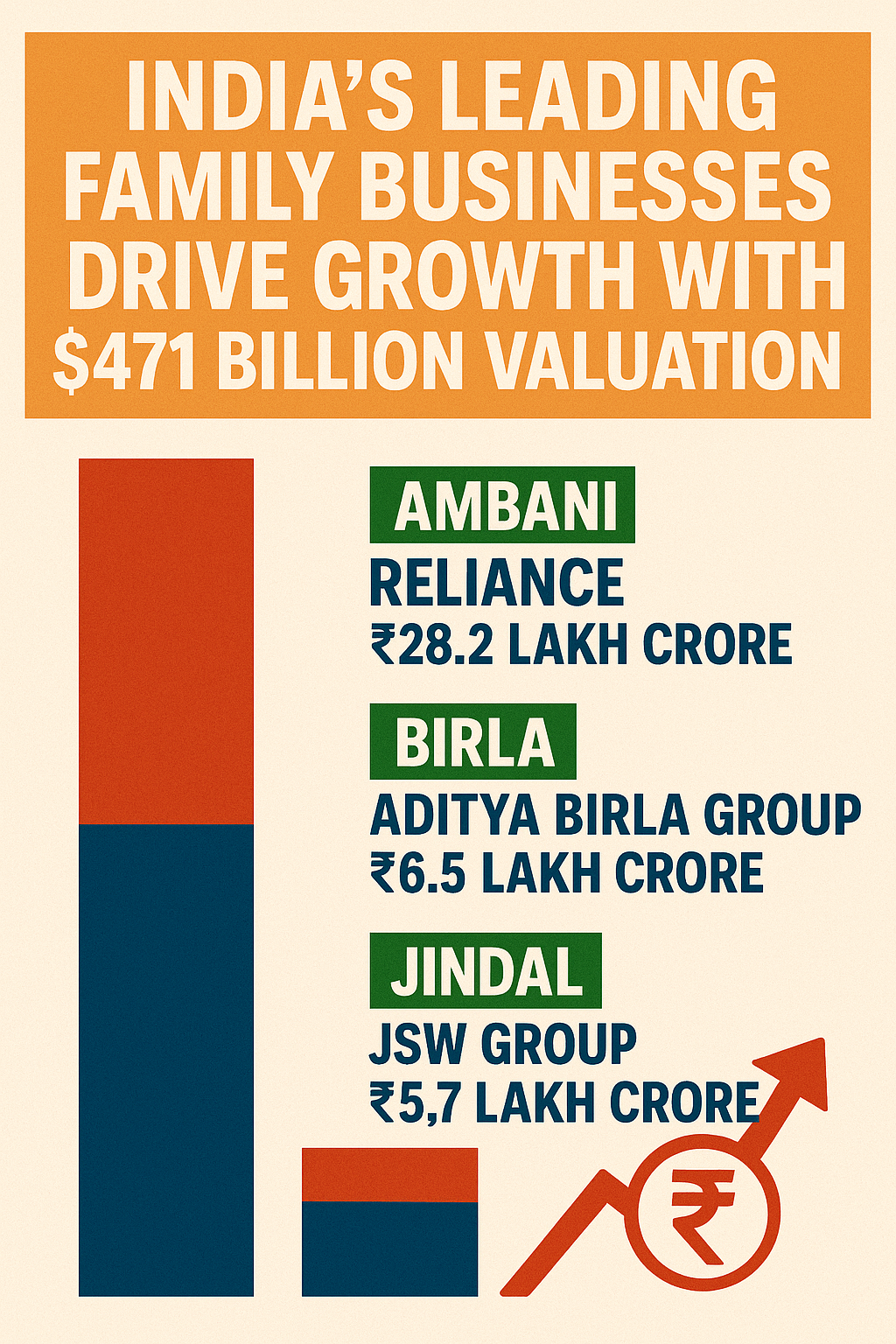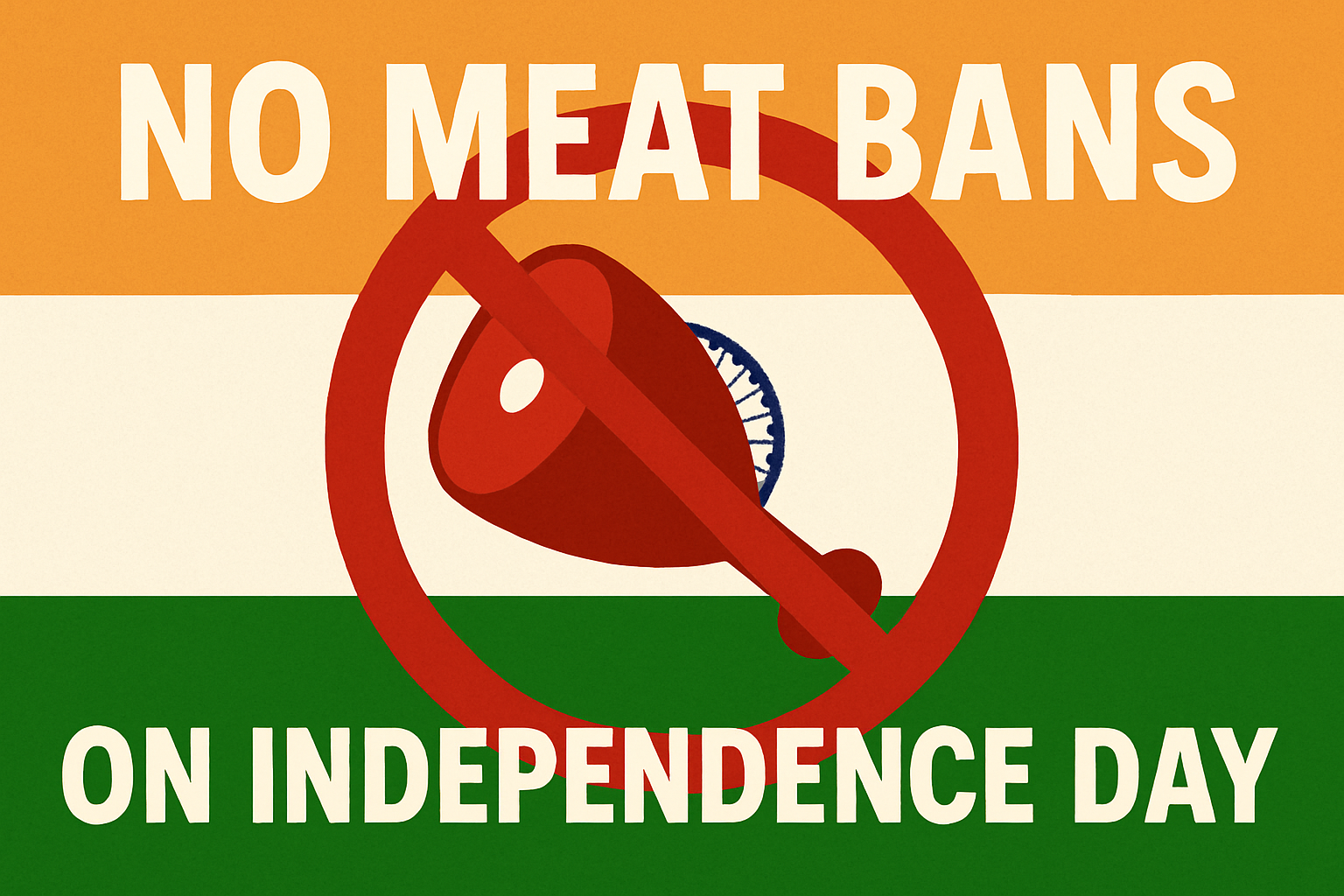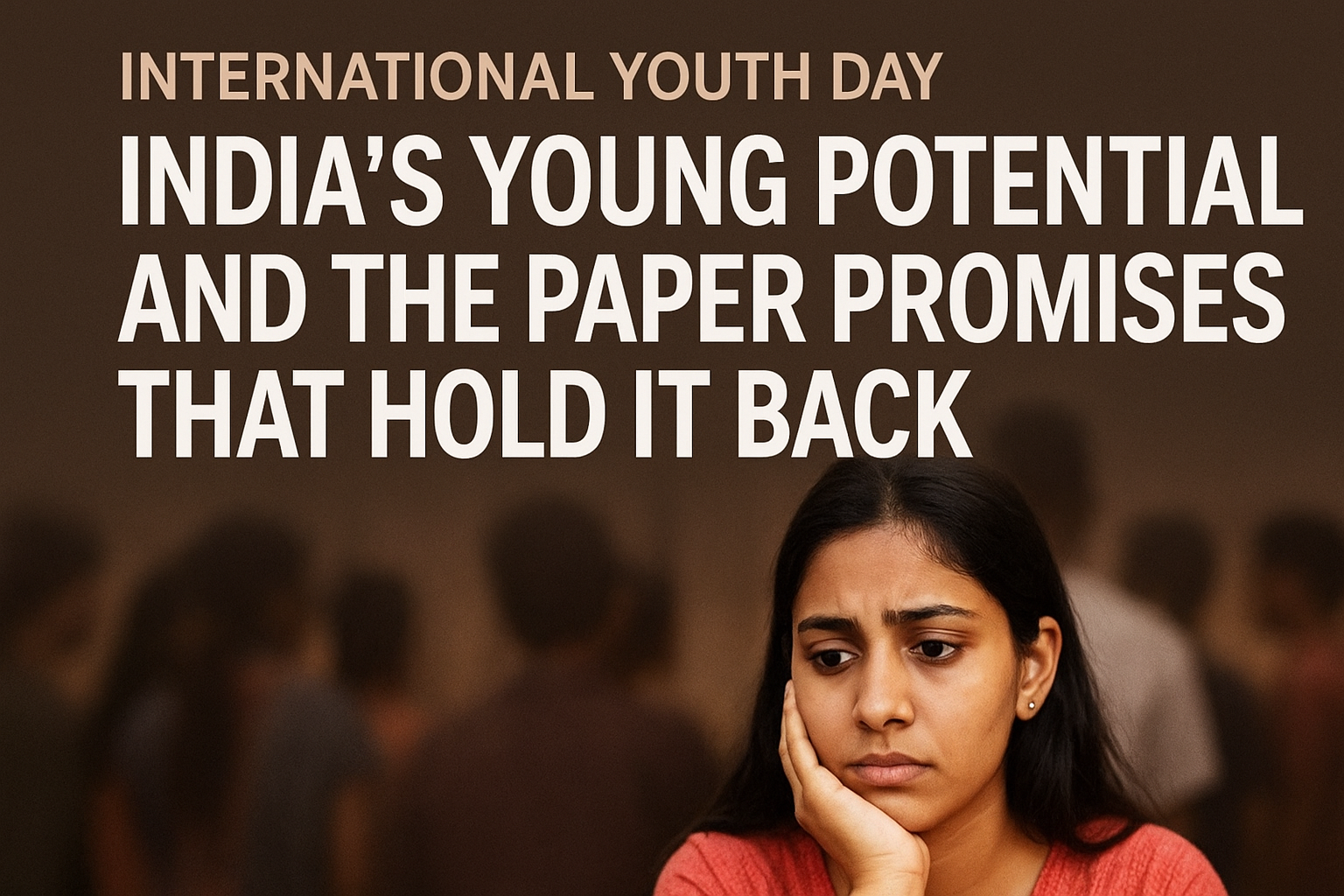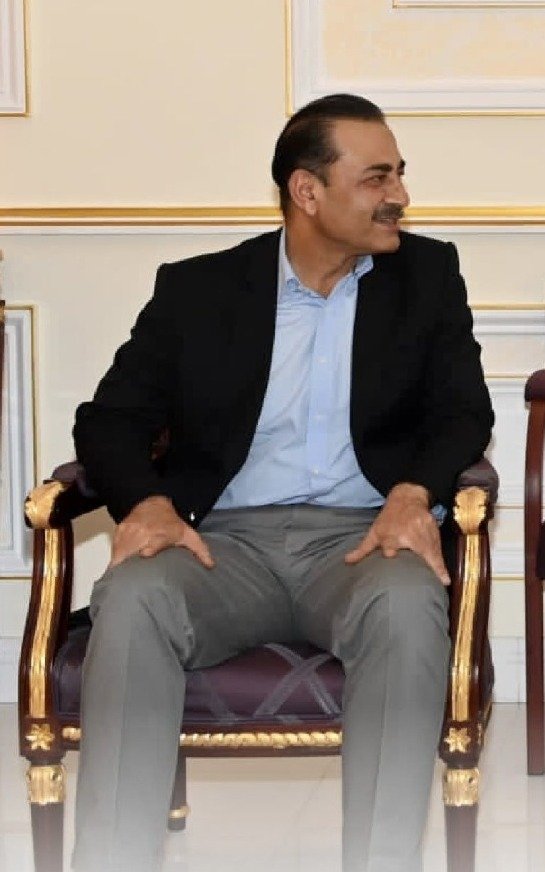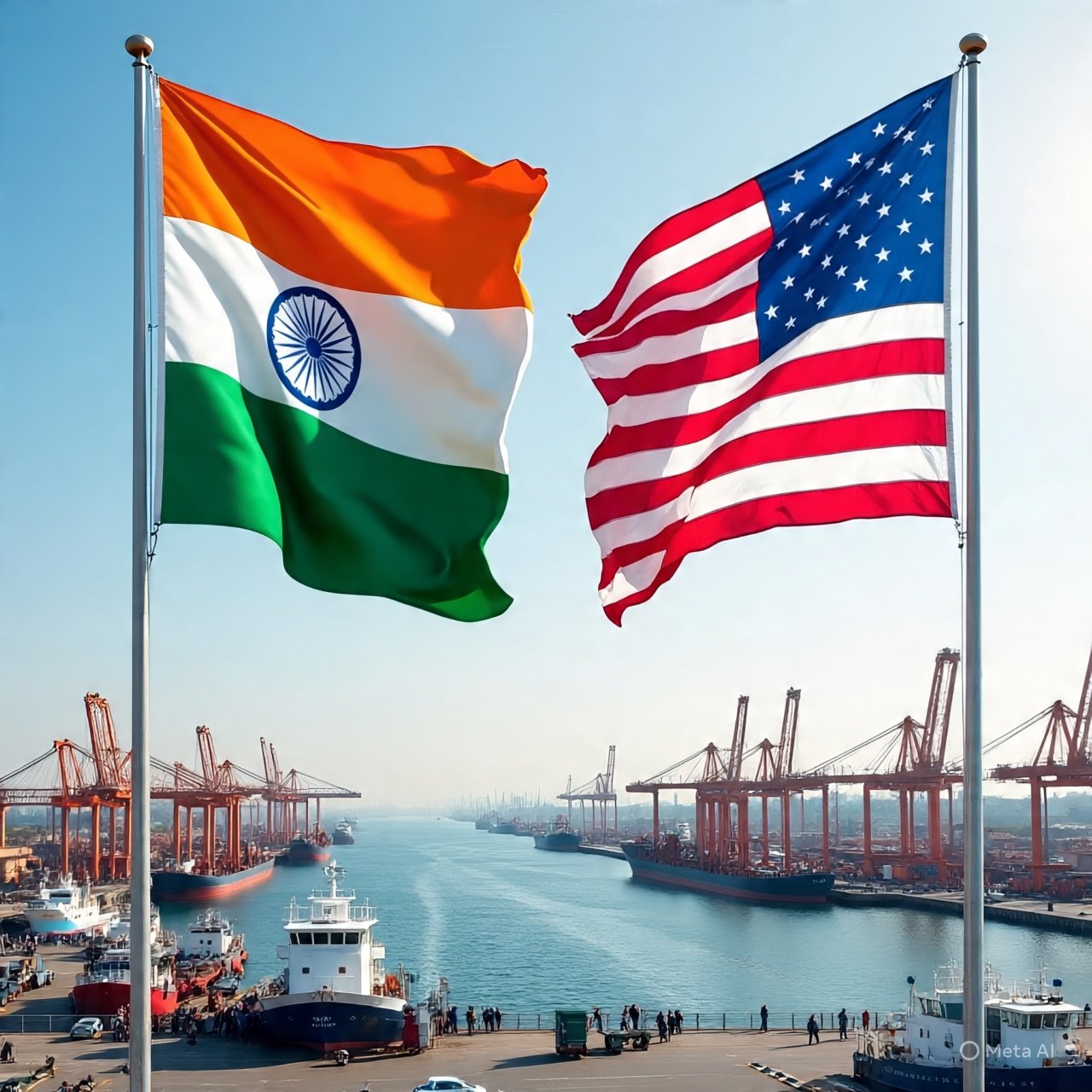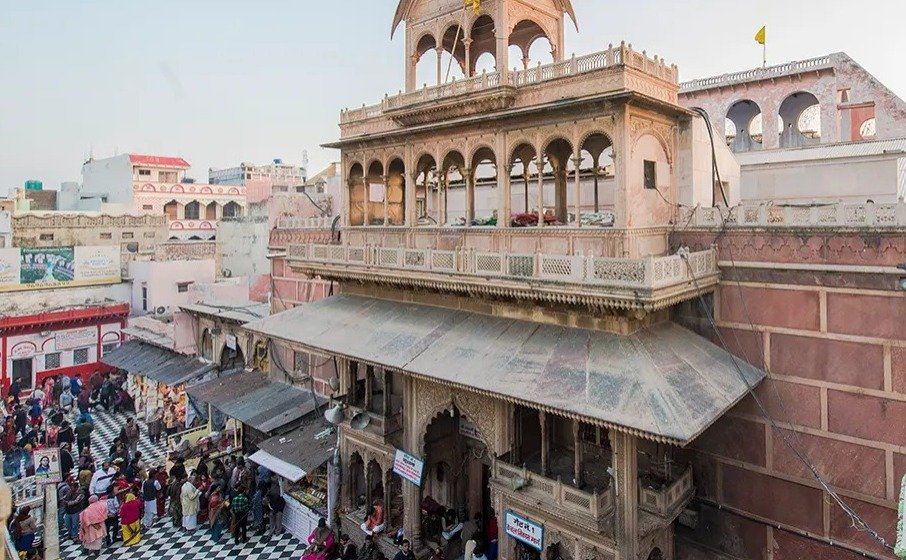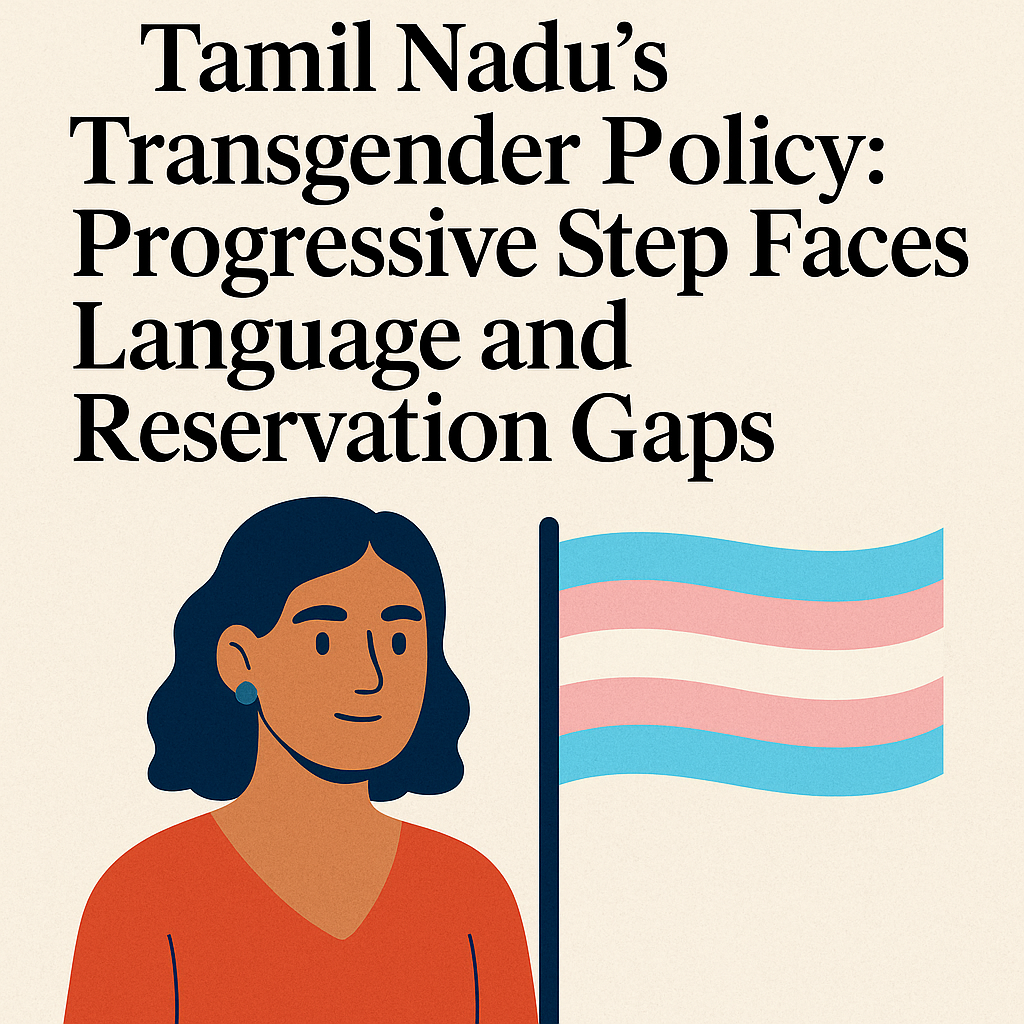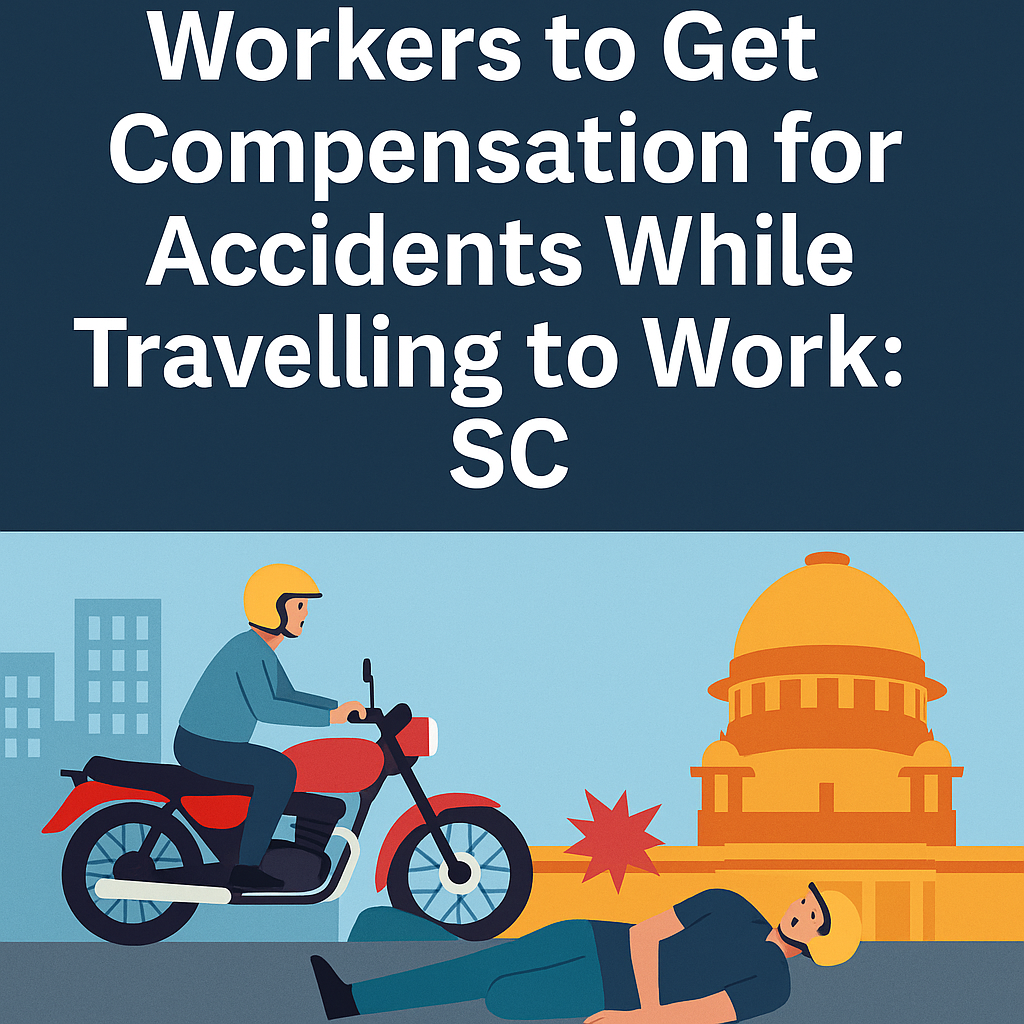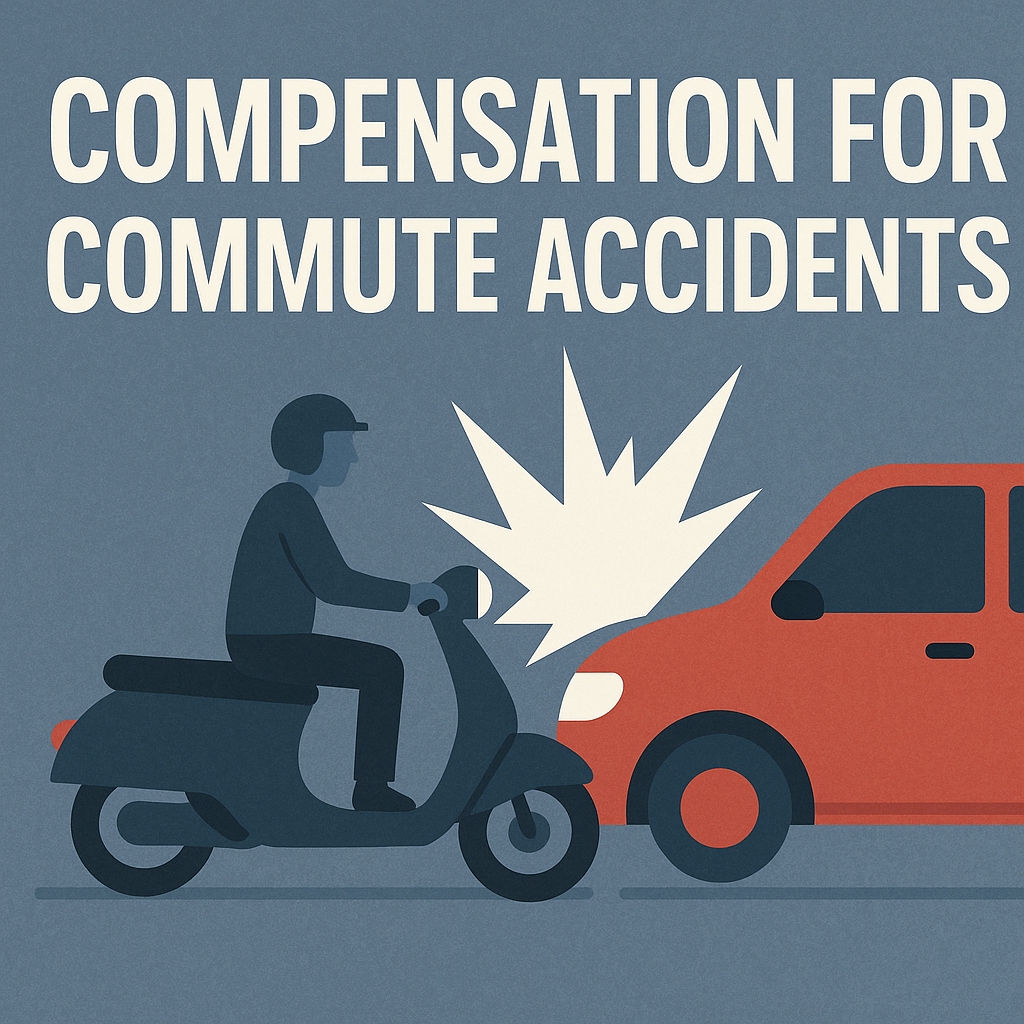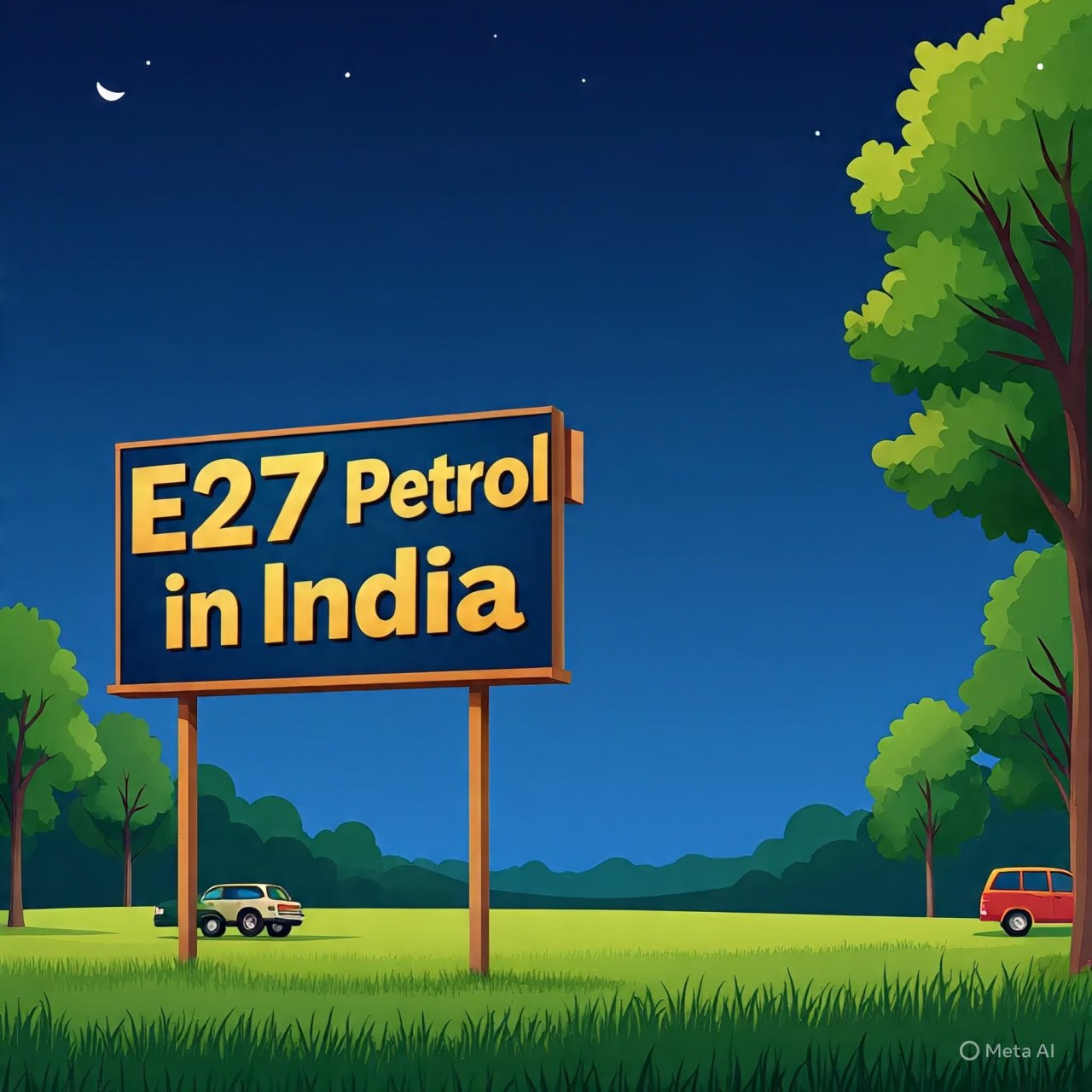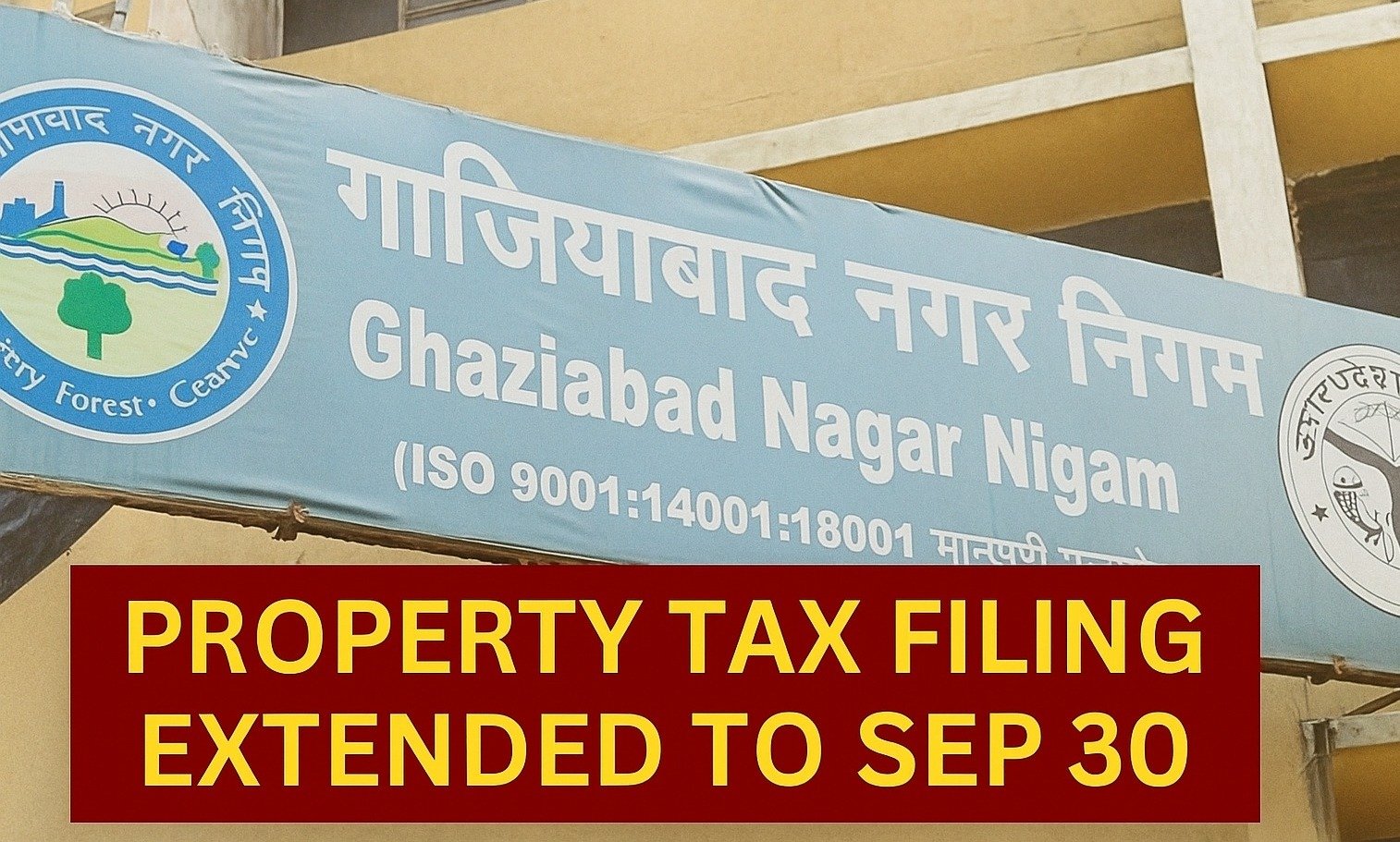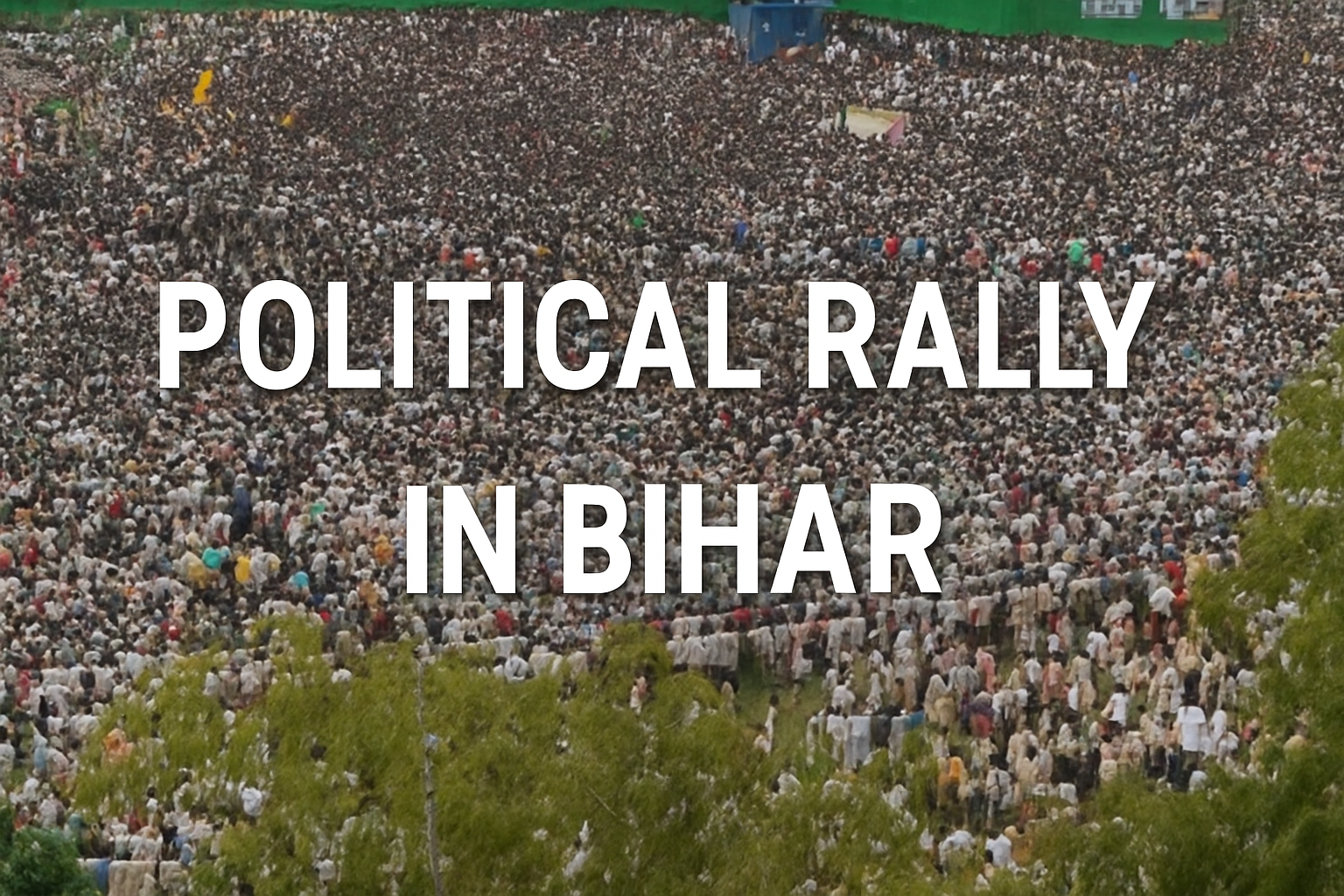
In the last decade, India has witnessed political rallies drawing extremely large crowds, often stretching into the tens or even hundreds of thousands. These gatherings are not only a reflection of political enthusiasm but also a sign of deep social and economic challenges. One of the key factors behind such massive participation is unemployment, particularly among young people. Large turnouts at political events are not merely about ideological alignment; they are also about people looking for a sense of purpose, hope, and the promise of change.
Insightfultake examines how the lack of jobs contributes to the size and intensity of political rallies in India and compares this unique phenomenon with similar events in other parts of the world.
Understanding the Link Between Unemployment and Rallies
When a large number of people are unemployed, they have both the time and motivation to attend political events. Without the demands of a regular work schedule, participation in rallies becomes easier. This is especially true in rural areas where economic opportunities are scarce and in smaller towns where industrial growth has bypassed large segments of the population.
For many, such events serve a dual purpose. They are a chance to express frustration and demand change from political leaders, and they are also a social occasion — a break from the monotony of joblessness. If most citizens were engaged in steady employment, it is highly likely that the scale of these gatherings would be smaller. A regular nine-to-five job leaves little room for multi-day marches, cross-district rallies, or political tours lasting hours.
The connection between joblessness and political engagement is not new, but in India’s current demographic setting with one of the world’s youngest populations — the effects are dismal.
The Present Employment Situation in India
Data from multiple sources shows the seriousness of the unemployment problem.
In April 2025, the national unemployment rate stood at 5.1 percent. Among young people aged 15 to 29 years, the figure was much higher at 13.8 percent. The situation was worse in urban areas at 17.2 percent, while rural youth faced a 12.3 percent unemployment rate.
By May 2025, the numbers inched upward. The overall unemployment rate rose to 5.6 percent, with youth unemployment reaching 17.9 percent in cities and 13.7 percent in villages. Independent estimates from labour economists suggest that youth unemployment has remained stubbornly close to 15 percent for nearly a decade.
This problem is compounded by underemployment — millions are stuck in low-paying, irregular jobs that offer no security or growth. Government training schemes like the Pradhan Mantri Kaushal Vikas Yojana have enrolled lakhs of young people but have been able to place fewer than 15 percent in actual jobs. This gap between skill training and job creation has left many young people disillusioned, especially those who migrated to cities hoping for a better future.
Examples from Recent Political Movements in Bihar
The connection between unemployment and political participation becomes particularly clear when looking at two recent campaigns in Bihar, one of India’s poorest and most migration-prone states.
Rahul Gandhi’s “Palayan Roko, Naukri Do” Padyatra attracted thousands of young participants. Many wore matching T-shirts carrying bold slogans demanding jobs. For them, the padyatra was not just about showing loyalty to a political leader but about giving public voice to their personal struggles in finding stable work.
Similarly, political strategist Prashant Kishor undertook the Jan Suraaj Yatra, a two-year march covering more than 5,500 kilometres and visiting thousands of villages. His campaign blended physical outreach with a strong digital presence, reportedly reaching around nine crore people in person and through media coverage. Many of those who attended his meetings were unemployed or underemployed youth.
In districts such as Sitamarhi, local speakers highlighted that more than two crore people from Bihar work outside the state, often in construction, factories, and low-skilled jobs in other states. Such large-scale migration underlines the lack of opportunities within Bihar itself. These rallies, with their sea of attendees, serve as visible proof that economic hardship fuels political mobilisation.
Political Use of Unemployment
Political parties are well aware that unemployment is an effective rallying tool. They craft speeches, slogans, and entire campaigns around promises of job creation. They organise padyatras, marches, and job fairs that present themselves as solutions to economic distress.
However, the results often fall short. At one job fair in Patna, 48,000 young people registered, but only around 7,000 secured actual employment. While such events create headlines and images of massive participation, they rarely solve the underlying issue. For many attendees, the outcome is the same — they return home still unemployed, but now politically more engaged or aligned.
Comparison with Other Countries
Large political gatherings driven mainly by unemployment are relatively rare in most developed nations. In countries with youth unemployment rates in the low single digits, people are far less likely to take time off work for prolonged rallies. When large crowds gather in Europe, North America, or East Asia, the issues tend to be climate change, gender equality, or education reform rather than basic employment.
India’s case is distinct because of three intersecting factors: a massive young population, persistent job scarcity, and highly organised political mobilisation. Here, political rallies often double as job grievance platforms, with leaders mixing promises of economic relief with ideological messages.
Impact on Society and Democracy
Political rallies can be healthy for democracy by keeping citizens engaged and by holding leaders accountable. Yet when such gatherings are disproportionately filled with unemployed youth, they also expose systemic failures in economic planning and governance.
This constant mobilisation of jobless citizens can create a cycle — political leaders feed on their discontent for electoral gain, while the lack of real job creation ensures a steady supply of such politically active crowds. The energy and time of millions could instead be channelled into productive work, entrepreneurship, or skill development, but the absence of such opportunities leaves rallies as one of the few collective outlets available.
Final Take
Unemployment is a powerful driver of political rally attendance in India. It frees people’s time, fuels frustration, and gives them a reason to seek change. Leaders such as Rahul Gandhi and Prashant Kishor have drawn massive crowds by addressing job-related concerns, but the underlying problem remains unsolved.
Until India creates meaningful and sustainable employment opportunities, such gatherings will continue to dominate the country’s political landscape. They will remain both a symbol of democratic participation and a stark reminder of the urgent need for economic reform.


